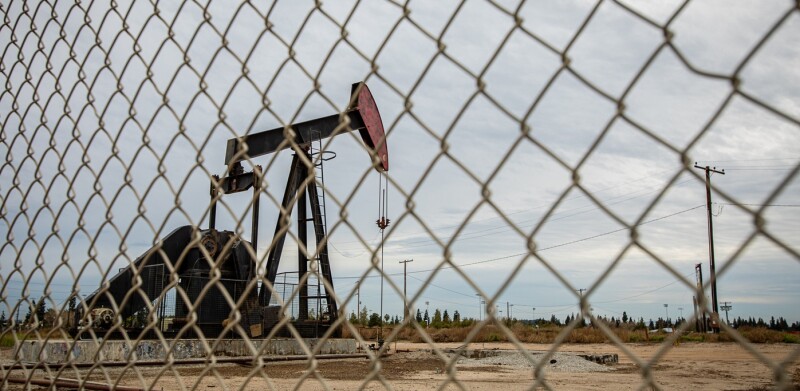This paper covers the integration of artificial-intelligence (AI) -driven solar-powered fencing cameras, highlighting their potential to enhance security resilience and reliability in the oil and gas industry.
The oil and gas industry, with its widely scattered production sites, extensive pipelines, and critical infrastructure, faces the major challenge of safeguarding these valuable assets against unauthorized access, theft, and sabotage. Legacy approaches often rely on physical barriers and struggle to keep up with evolving threat landscapes.
Historically, oil and gas sites have relied on perimeter fencing, security personnel, and occasional patrols to deter intruders. This approach, however, has inherent challenges and limitations. Many sites span hundreds of acres, resulting in vast perimeters that make comprehensive monitoring a logistical nightmare. While traditional fences provide visible boundaries, they still can be breached or damaged.
Human error and fatigue also are factors. Despite the dedication of security personnel, they are susceptible to fatigue, distraction, and blind spots.
The importance of response time also cannot be ignored. From detecting unauthorized access to triggering the alarm and responding to the incidents, total response time plays a major role in preventing or minimizing damage to critical infrastructure.
AI-driven solar-powered fencing cameras can be a game changer. This solution combines technology with sustainability, availability, and reliability of site security in several ways, starting with continuous surveillance by cameras. The cameras’ AI algorithms detect anomalies, such as breach attempts, wildlife intrusions, or suspicious behavior, that triggers real-time alerts. Powered by renewable energy sources, these cameras eliminate the need for physical electrical grid connections.
AI-driven cameras actively assess threats and proactively anticipate unauthorized access before it happens. They differentiate between harmless wildlife and security risks, minimizing false positive alarms and enhancing response efficiency. By engaging machine learning, the cameras learn from patterns and operator comments, adapt to changing conditions, and evolve their threat detection capabilities continuously.

